Last Updated on
By David Link
There may come a time where you have to grab a few things and go. Natural disaster, evacuation, or yes even the unexpected breakdown of society could force you out of your home and into a place where there are few if no resources. Time may be of the essence, and you won’t have the privilege of scrambling around the house to gather vital gear for a couple hours. You’ll have to go right away, and that is why having a “bug out bag,” or assembled collection of survival gear, is a good idea for everyone.
Most bug out bags are constructed around the idea of surviving in the wilderness, which makes sense given the circumstances. If society is in turmoil, you won’t want to be walking down a busy highway or placing yourself in view of others who want what you have. Instead you’ll want to get off the grid and give things some time to calm down. In the event of a natural disaster, there may not be a viable shelter option nearby. So once again you’ll have to survive in the elements. Let’s go over the basic rationale of any bug out bag and then list distinct gear that is a must-have in your bag.
Basic Rationale Of A Bug Out Bag
A bug out bag isn’t a long term solution but rather a grab-and-go option that should hold you over for 72 hours. This is the minimum recommended time for disaster survival, but a good bug out bag should also contain gear that can be used for longer-term survival like water filtration and fire starting materials. You won’t want to be complacent in a survival situation, and a good bug out bag should compliment any hunting, gathering of wild edibles, and water stockpiling efforts.
This all said, a bug out bag shouldn’t be unnecessarily bulky. You may need to get away quick, and this could include sprinting and climbing over objects. A large 80 pound pack isn’t going to be very conducive to actions like this, and that’s why you need to pick and choose the gear you include in it carefully. Look for lightweight and space saving gear when applicable, but don’t sacrifice quality for space. There really isn’t a strict pack weight limit, and it will depend on the person. Generally speaking, a 30-40 pound max weight is a good place to start with 30 lbs. being preferable to 40 lbs. For those of you who think they can run and haul a lot more gear, just remember that folks with giant packs on their backs aren’t very inconspicuous either, and as we identified earlier you’re trying to lay low. Other travelers may turn to you thinking you’re over-prepared, and that has the potential of ending badly for you. Simply put, a good sized day pack will be your best bet.
One final note, this article will be written from the viewpoint that you’ll be alone, but many people will have to accommodate for their family as well. In cases like that, you can add extra gear you wouldn’t have space for and even carry several packs. Just remember that you can get separated, so keep most of the basics in each pack. We will also assume you grab your wallet before leaving as identification could be important depending on your circumstances.
Backpack Selection
There are a few things to consider when selecting the bug out bag itself. Besides the factors we mentioned above, a flat, earth colored pack is probably preferable to a bright, neon colored pack. Bright outdoor apparel is made to help you get rescued, but what if you’re trying to avoid attention? Since we’re building a bag that can work for both natural disasters and society collapses, let’s stick with earth colored or camo packs. Hunting day packs can work perfectly as a bug out bag. These days most packs are designed with a wealth of compartments, and while organization will be key in any bug out bag, don’t forget to get a pack with at least one larger compartment for bigger gear.
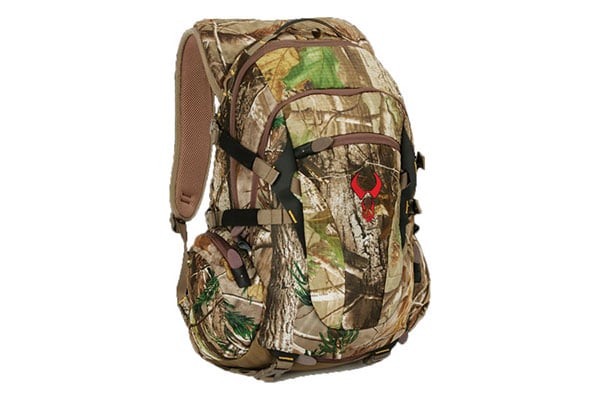
Vital Gear
There are some must-have items that everyone should include in their bug out bag. As you select these items, always keep space conservation in mind. Don’t forget about repeatability in your gear either. For example, while a match will start a fire just fine, you’ll eventually run out of them. Choose gear that doesn’t get depleted easily and you’ll build a bug out bag that can carry you through past just the first 72 hours in a worse case scenario. Below we’ve ranked the must-have items in order of importance, but if you feel the order should be different, feel free to comment below.
1) Water Filtration / Water Bottle
Ideally you need about one gallon per day per person in an emergency situation, but needless to say you can’t pack three gallons into your bug out bag. That’s why water filtration devices are an extremely important addition to any bug out bag. Backpacking filters, UV pens, filtration tablets and personal water filters are the best options for water filtration, and they don’t have to take up a lot of space. Don’t forget to pack a sizable water bottle either. While you’ll be able to filter water at any natural source you find, you should also be able to take some with you. Chances are water sources aren’t going to be neatly laid out every couple miles or so, and you’ll need a water bottle when this happens. One last thing to note about water filtration is the time required to filter when you find natural sources. Since you’ll be on the move without much time to camp, the faster you can filter water, the better.
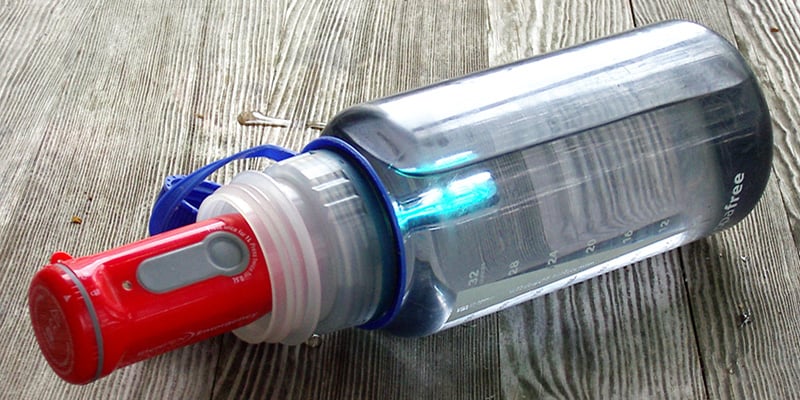
2) Food Stocks
Food is another vital aspect of any bug out bag. Skip the cans and heavy stuff and go for food you can eat without any preparation like energy bars or freeze-dried food. Depending on available space, a campfire meal that comes in a pack can be a great morale boost (as well as a warmth boost), but remember that meals like that require three things you might not always have: a substantial source of water, a fire or stove, and time to let it simmer. This food should be aimed at getting you through the 72 hour period, but you can’t pack much more. The human body can sustain itself without food for much longer than 72 hours, but since you’ll be active, you’re going to need the energy. Food also provides a source of warmth while you digest it, and it can be great for psychological comfort as well.
3) Basic First Aid Kit
You can’t carry every medical supply under the sun, but a basic first aid kit is a must have. Various bandages and wraps, gauze and tape, disinfecting wipes, and a basic collection of medications will be of the utmost value in a bug out bag. Don’t forget to include basic instruction materials on first aid in case the worst case becomes a reality.
4) Fire Starting Materials
Probably the best approach to fire starting is to have both short term and long term options. A pack of waterproof matches is small and it requires very little prep to use (aside from gathering tinder and firewood). Tuck the matches away in a small compartment, and then consider a fire starting option that isn’t quickly depleted like magnesium sticks or a ferrocerium rod (firesteel). Another great option with almost unlimited uses is a fire piston. You simply insert viable tinder in the fire piston, close and compress it quickly, and the compression of the air in the cylinder ignites the tinder. Fire pistons can be used again and again, and they don’t take a lot of time to use. Finally, of course lighters are an option, but they can break while these other tools cannot. Never rely on a lighter as your primary fire starting option.
5) Survival Radio
Since you’re bugging out, you’ll need something to keep you in touch with the outside world. A survival radio will be your link to civilization, and hopefully your messenger when the coast is clear. At the very least, your radio should pick up NOAA weather alerts and basic news bulletins. This can all be done via AM wavelength even when you’re far from civilization. Power can be an issue, so a hand crank option can be a good feature to look for when selecting a radio. If you want to add the ability to communicate with others, you’ll need a two-way radio. Two-way radios can pick up all the basic alerts, but if you’re working in pairs, then a two-way radio will be of great use when you’re separated. The problem is you’ll need to be consistently replacing batteries, which means carrying rechargeable batteries and an accompanying solar charger and ultimately more pack weight. Needless to say, the longer the range the better in two-way radios. If you’re in rugged terrain or around tall buildings, you can expect to see the maximum communication distance reduced, hence why you should always invest in the longest distance possible.
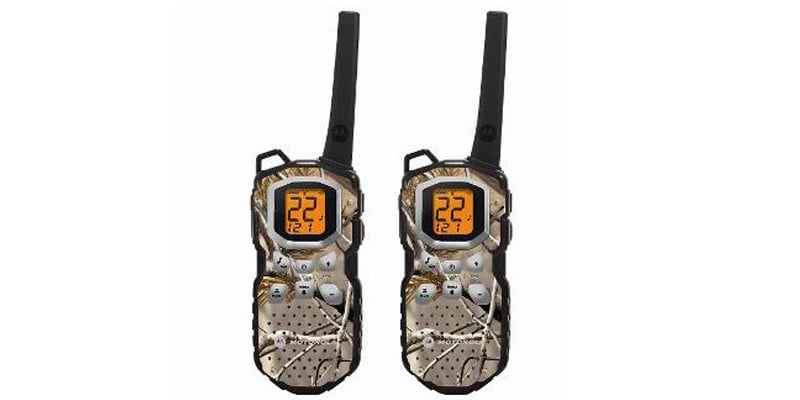
6) Survival Knife
A good survival knife is invaluable. While it may be tempting to select a folding knife to save space, fixed blade knives are always the preferred survival option. Fixed blade knives are composed of a single continuous piece of steel vs. one to two pieces of steel connected by a folding joint, which means you can perform more demanding tasks like chopping or hammering without as much concern about the knife breaking. The best survival blade is a drop-point design and it should only have a single edge. Stay away from double edged blades because you cannot press down on them when performing some finesse cutting actions. One other note, knives with extended tangs, or a portion of steel that extends out the back of the handle, are a great bonus since you can use this flat piece of steel for other actions like hammering.
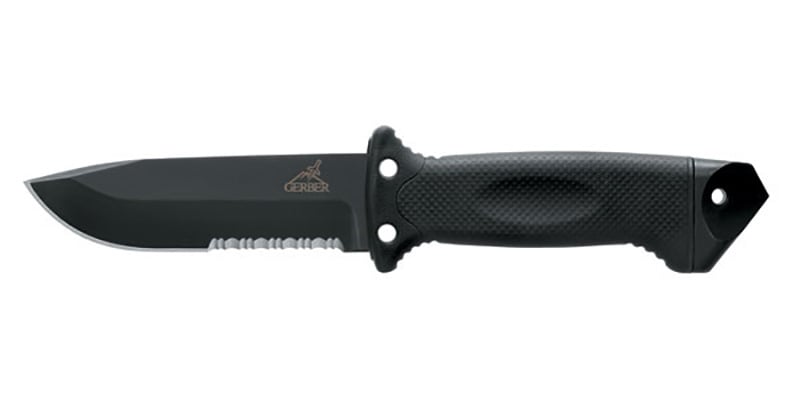
7) Headlamp
When night falls, you’ll need a light source of some kind, especially in a survival situation. Finding gear in your pack or objects you accidentally drop can be ultimately frustrating without the option to flip on a light real quick. In addition, if you ever have to make a trek in the dark, a headlamp will help keep you from injuring yourself. The reason a headlamp is the better option over a flashlight is two fold. One, it keeps your hands free for other tasks, and two, modern headlamps have powerful beams and decent run times without taking up much space. Put two in the bag in case one breaks.
8) Cordage / Rope
Rope always comes in handy in a survival situation. Aside from helping you reach treacherous places if need be, rope can help you build a shelter, can be used in first aid, and can even string your food up to keep it away from wild animals. When rope is unraveled, it can be used as fishing line, hunting snares, or to secure makeshift tools. Real paracord is the best, but any rope or cord is better than none.
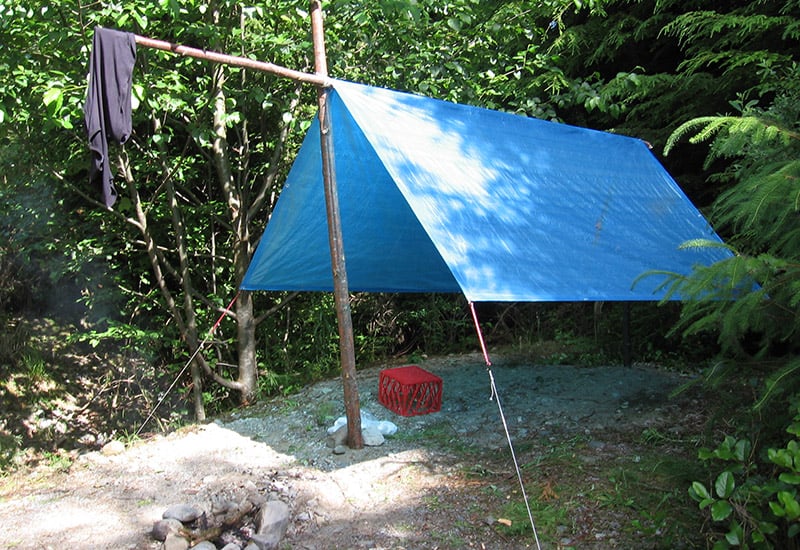
9) Waterproof Jacket / Gloves / Hat
A reliable, but compact rain jacket is a lifesaver, especially in bug out situations where you may forget to dig out your heavy coat before you leave. The key here is packing a reliable jacket that can shed water without taking up a big chunk of pack space. Once again, skip the bright neon jacket and go for natural or camo jackets. Gloves and a stocking cap won’t take up much space so throw them in the pack as well. You’ll be glad you have them when the cold wind blows.
10) Compass
There’s plenty of ways to tell your general direction (and no looking for moss on the north side of trees is not one of them). But in a panic you can easily lose your way. Given that you’ll likely be bugging out in an area you somewhat know, a compass could help you keep on course to an area you think will be more hospitable. Be sure to skip the battery powered ones and go with a magnetic compass.

11) Heavy Duty Trash Bags / Tarp (Or A Tent)
We haven’t talked much about shelter, but it is a very important element in any survival situation. While a tent would be great for shelter purposes, it’s not always the most viable option. Even the most lightweight tents can still take up a good amount of space, and they take some time to set up and tear down, so if you need to escape quickly, you’ll end up losing your tent. This is not to say that a backpacker tent or something similar isn’t a good thing to pack, but a heavy duty trash bag can serve a similar purpose in a pinch. Contractor / rubble bags are the best because they are the toughest, and if you slice the seams, you’ve got yourself a rugged tarp that you won’t be very attached to. You can use some cordage or nearby vegetation to secure it and keep the rain / snow off your head. Best of all you can pack five or six of these in your pack no problem. Even if you include a small tent in your bug out bag, don’t forget a few trash bags. A tarp will work great too, and while they can provide a larger area of shelter, they will also be a bit bulkier.
12) Cookware (Boiling Pot)
One last item to make our top bug out bag list is some basic camp cookware. While a set is great, the most important item will be a pot to boil water in. This will serve as a bonus source of water filtration, but you can also make various stews with wild edibles and caught game. A boiling pot should be somewhat heavy duty with a lid. You can use the space inside to keep other cookware or pack other items. If you choose to include other cookware, skip the plastic stuff (even though it’s lighter) and go with metal cookware. Keep in mind this does not need to be a giant pot, but rather something you can make a small meal in.
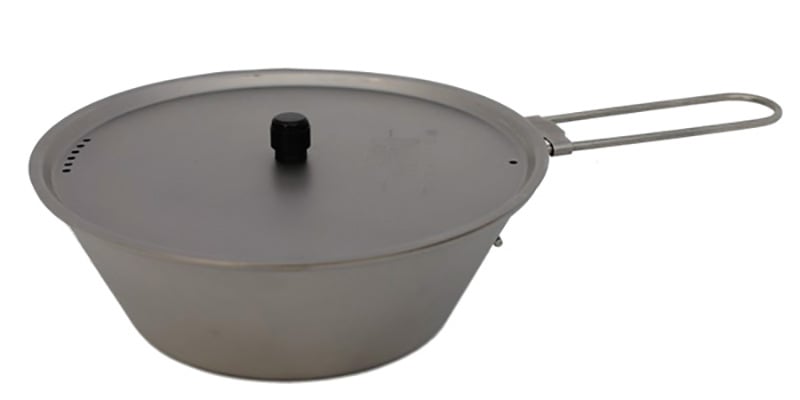
Up Next
Tomorrow we will be covering the next set of items that you can potentially include in your bug out bag. As you can see, that day pack sure fills up quick…
Image two, three, six, seven and thumb courtesy of Wikimedia Commons.


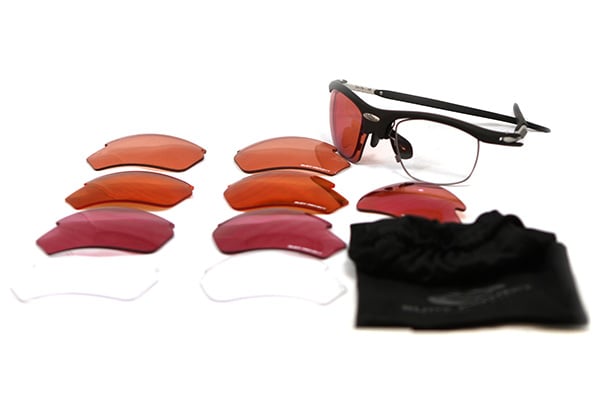









0 comments